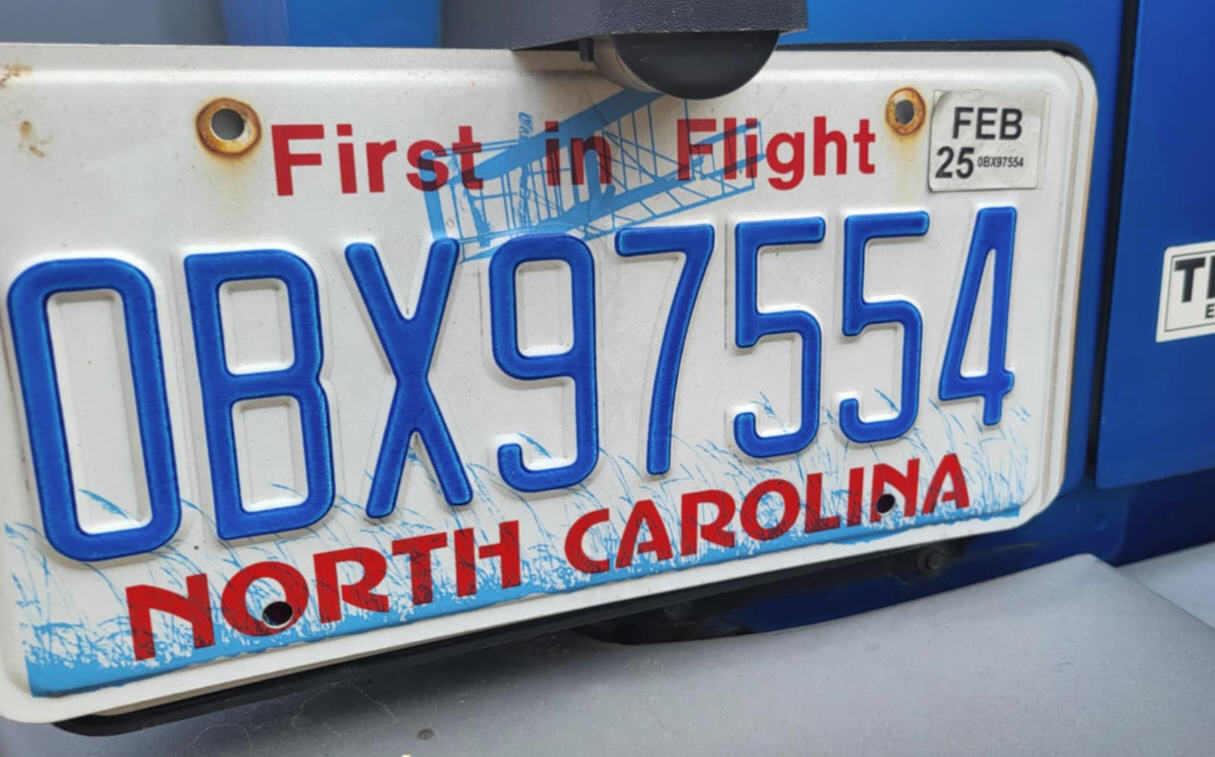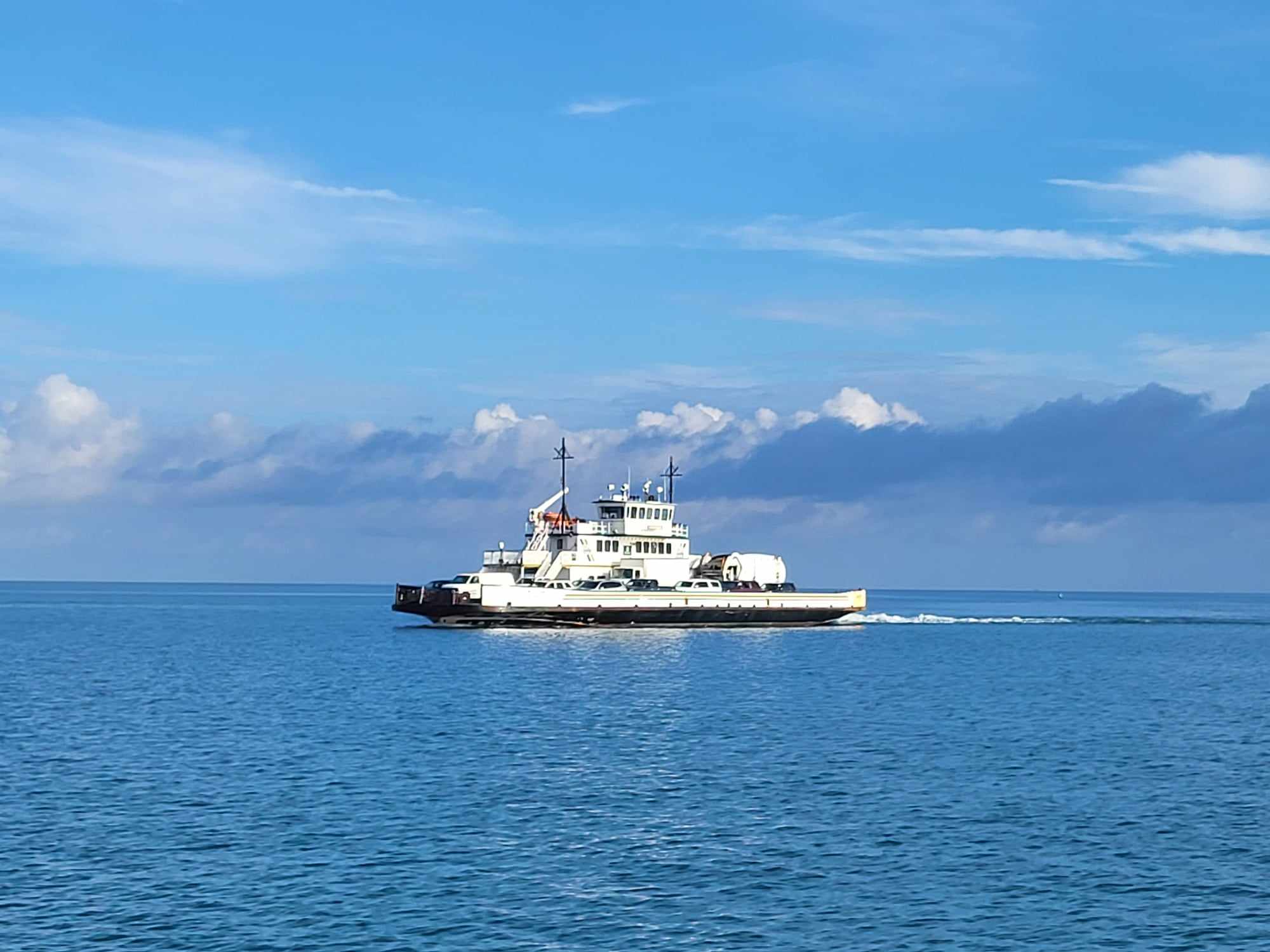Federal judge rules in favor of NCDOT in Bonner Bridge lawsuit
In a concise 42-page opinion, Flanagan rejected each and every claim by the plaintiffs that DOT and FWA had not followed procedures set forth by the National Environmental Policy Act and other federal regulations when it decided to build a new bridge parallel to the current span and address issues on Highway 12 through Pea Island in a phased approach.
The DOT and FWA issued a record of decision in December 2010 on its plan, called the Parallel Bridge Corridor with N.C. 12 Transportation Management Plan.
In July 2011, Defenders of Wildlife and the National Wildlife Refuge Association, represented by the Southern Environmental Law Center, filed suit against the state and federal agency.
The Cape Hatteras Electric Cooperative was allowed to join the case as defendant-intervenors because a longer 17.5 mile bridge in the Pamlico Sound or ferries – the preferred alternative of the environmental groups – would be prohibitively costly to the cooperative. Currently its power transmission lines run under the Bonner Bridge.
The motions for summary judgment, cross-motions, and other filings were completed last November. Since then, the parties have been waiting to hear from the judge as the clock ticked down on the use life of the bridge, which was built in 1963,
The case was decided on the administrative record, which included more than 90,000 pages of studies over at least 20 years.
“In this case, defendants chose to replace a bridge reaching the end of its service life with a parallel bridge, while leaving open future plans to further construct later phases to Rodanthe,” Flanagan wrote. “Bonner Bridge is nearing the end of its service life, and has been under consideration and study for replacement since its structural integrity first was questioned in 1990. The proposed bridge replacement would connect to the existing transportation corridor, and provide access to the Refuge. Therefore, the Parallel Bridge Corridor with NC 12 Transportation Management Plan alternative is a reasonable expenditure independent of additional transportation improvements, which defendants also plan to make in future phases.”
Flanagan found that the defendants “did act reasonably when they chose to consider construction from Bodie Island to Rodanthe in phases.”
“The court recognizes the unique geography present in this case is especially compelling,” the judge wrote. “For all of the above reasons, the court finds that the Bonner Bridge replacement was not improperly segmented.”
The judge also wrote that:
Flanagan concluded:
“Plaintiffs assert that the phased method allows FHWA to select road maintenance methods that will harm the Refuge later in the process. However, FHWA’s reasoned determination to defer the selection of specific elements of an NC.. 12 Transportation Management Plan is not an avoidance of planning to minimize harm to the Refuge. Rather, it is a practical means of addressing the changing natural conditions in the Project area. Therefore, FHWA’s findings were not arbitrary and capricious, and the court finds that FHWA has satisfied the requirements of Section 4(f).”
NCDOT Secretary of Transportation Tony Tata said in an afternoon news conference that today “is truly a great day for residents and millions of Outer Banks visitors” and “a historic day for North Carolina.”
“The NCDOT cares about the economy, the environmental impact of what we do, and the people,” he said.
Tata pledged that DOT was ready to move forward “as quickly as possible.”
NCDOT awarded a $215.8 million contract to PCL Civil Constructors Inc. in August 2011 for the design and construction of a new bridge. Design work began immediately and construction of the new bridge was originally set to begin in early 2013.
Work has been on hold, pending the outcome of the litigation.
DOT still must resolve a petition that SELC filed with the North Carolina Department of Environment and Natural Resources over a Major CAMA Permit to build the bridge.
There will be a hearing before an administrative law judge on the petition, but a date has not been set yet.
Speculation has been that the outcome of this petition would be heavily influenced by Judge Flanagan’s decision.
SELC posted no comment on its website today. The plaintiffs have 60 days to appeal the ruling.
The project to replace the bridge is expected to take about three years, which will be pushing its lifespan. However, DOT officials say the bridge is safe, is regularly inspected, and will undergo routine maintenance this fall and winter – and whenever needed until there is a replacement.
This evening at a regularly scheduled meeting, the members of the Dare County Board of Commissioners expressed their elation at the ruling.
“If you continue to fight the good fight, eventually you’ll win,” said Commissioner Allen Burrus of Hatteras Island.
Commission chairman Warren Judge urged everyone – residents and visitors – to send e-mails and make calls to SELC every day, urging the group and its clients not to pursue
FOR MORE INFORMATION
Click here to read Judge Flanagan’s ruling.
Click here to see a visualization of the new Herbert C. Bonner Bridge.
Read more about the history of the Bonner Bridge and challenges to building a new one.
















